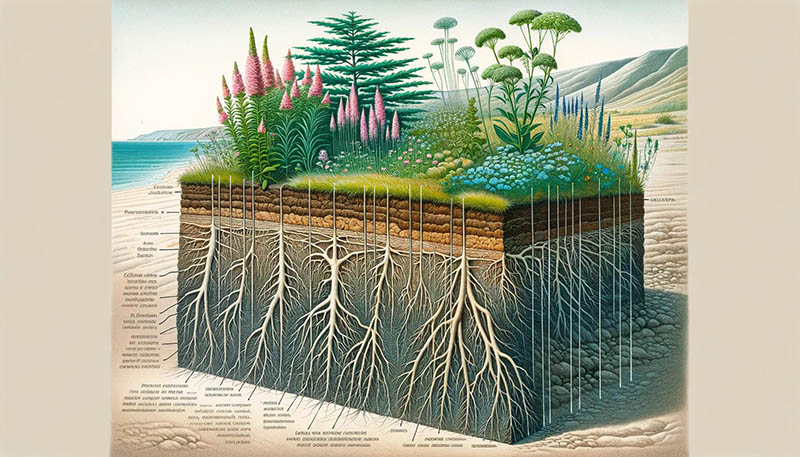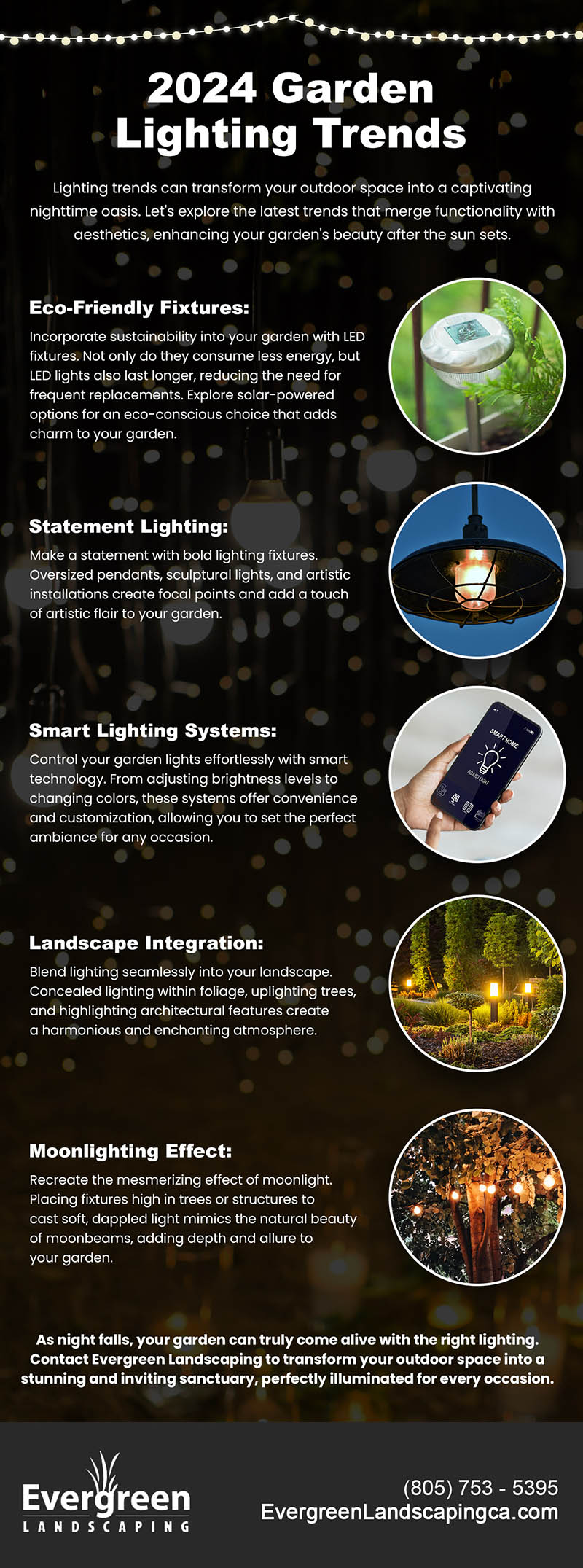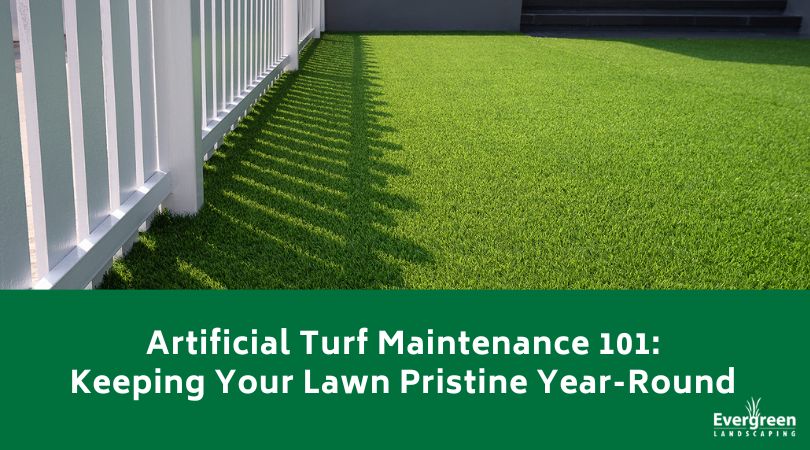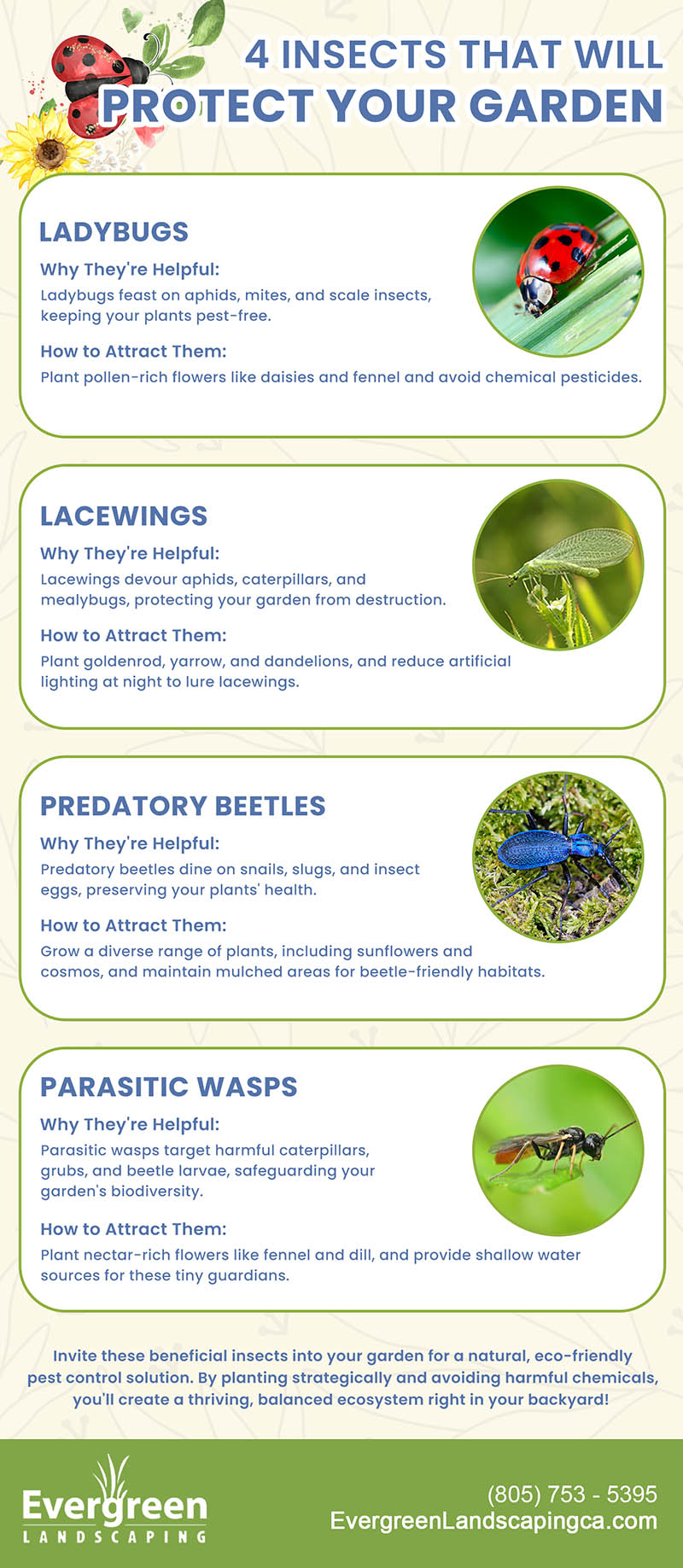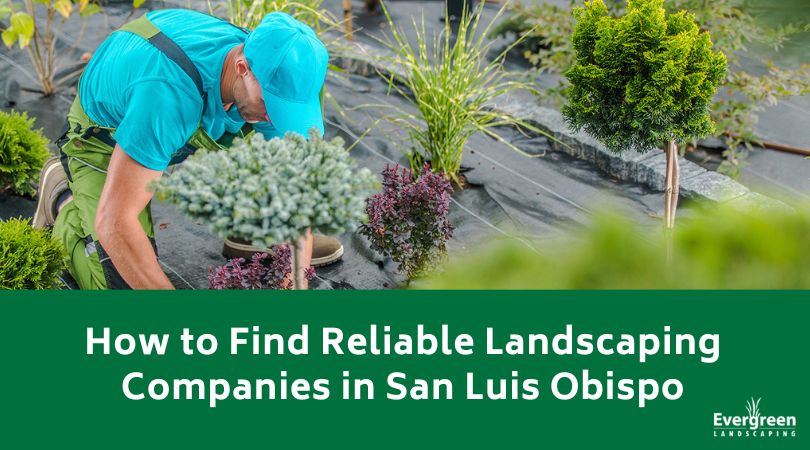The Impact of Climate Change on Central California Landscaping

Let’s chat about how climate change is really shaking things up in central California’s landscapes. This area, with its gorgeous natural scenes and rich farming history, is feeling the heat (quite literally) from climate shifts. For folks living here, whether you’re dabbling in gardening, making a living off the land, or crafting beautiful landscapes, the changing climate isn’t just news—it’s reality. And it’s a reality that’s calling for some major shifts in how we do things outdoors.
Why does this matter so much for landscaping? Well, we’re seeing the thermometer creep up, rain patterns getting all wonky, and extreme weather events becoming the norm rather than the exception. This trio of trouble is putting the pressure on the traditional ways we garden and manage landscapes. It’s pushing us to rethink which plants we grow, how we use water, and the designs we choose for our outdoor spaces. Adapting to these new climate conditions is crucial not just for keeping our environments sustainable but also for maintaining their beauty and ecological value.
As we dig deeper into how climate change is affecting landscaping here in central California, it’s clear we need to roll up our sleeves and get creative. This piece is all about exploring those changes, shining a light on sustainable practices, and sharing some handy tips for keeping your garden or landscape resilient and beautiful.
Understanding the Impact
Climate change is messing with central California’s green spaces in a few big ways:
- Plant Hardiness Zones Are Shifting: Yep, as it gets warmer, some plants that used to thrive here might not cut it anymore, and others not previously suited to our climate might start to feel right at home.
- Droughts Are Getting Tougher: Water is becoming even more precious, with droughts hitting harder and more often. This means choosing water-wise plants and getting smart about irrigation is more important than ever.
- Pests and Diseases Are on the Rise: Warmer temps can mean more bugs and plant diseases to deal with, so keeping an eye out and managing these issues becomes key.
- Extreme Weather Is the New Normal: From scorching heatwaves to sudden downpours, our landscapes need to be ready to handle whatever comes their way.
Adapting Landscaping Practices
So, what can we do about it? Here are some strategies:
- Go for Climate-Resilient Plants: Stick with natives and plants that can handle the changing weather. They’re the champs of thriving with less fuss and supporting local critters.
- Save That Water: Embrace drought-tolerant landscaping (xeriscaping is cool!), invest in efficient watering tech, and maybe even catch some rainwater to use in your garden.
- Boost Your Soil Health: Good soil hangs onto water better and supports stronger plants. Adding organic goodies and avoiding tilling can make a big difference.
- Design with Extreme Weather in Mind: Think about adding windbreaks, choosing heat-loving plants, and putting in measures to stop erosion when those heavy rains hit.
The Role of Sustainable Practices
Sustainable landscaping is a big deal for tackling climate change impacts. By focusing on biodiversity, cutting down on chemicals, and conserving resources, we can make our outdoor spaces more adaptable and eco-friendly. Plus, it helps cut down on the carbon footprint of keeping our gardens and landscapes looking good.
Conclusion
The changing climate is a wake-up call for everyone who loves and lives off the land in central California. By getting to grips with the challenges it brings and leaning into sustainable, adaptable landscaping practices, we can keep our outdoor spaces flourishing. Let’s get innovative, build resilience, and commit to sustainability. It’s all about ensuring our landscapes stay as stunning and vibrant as ever for generations to come.
Let Evergreen Landscaping create a beautiful, sustainable year for your central coast California home. Contact us today for a free consultation.



